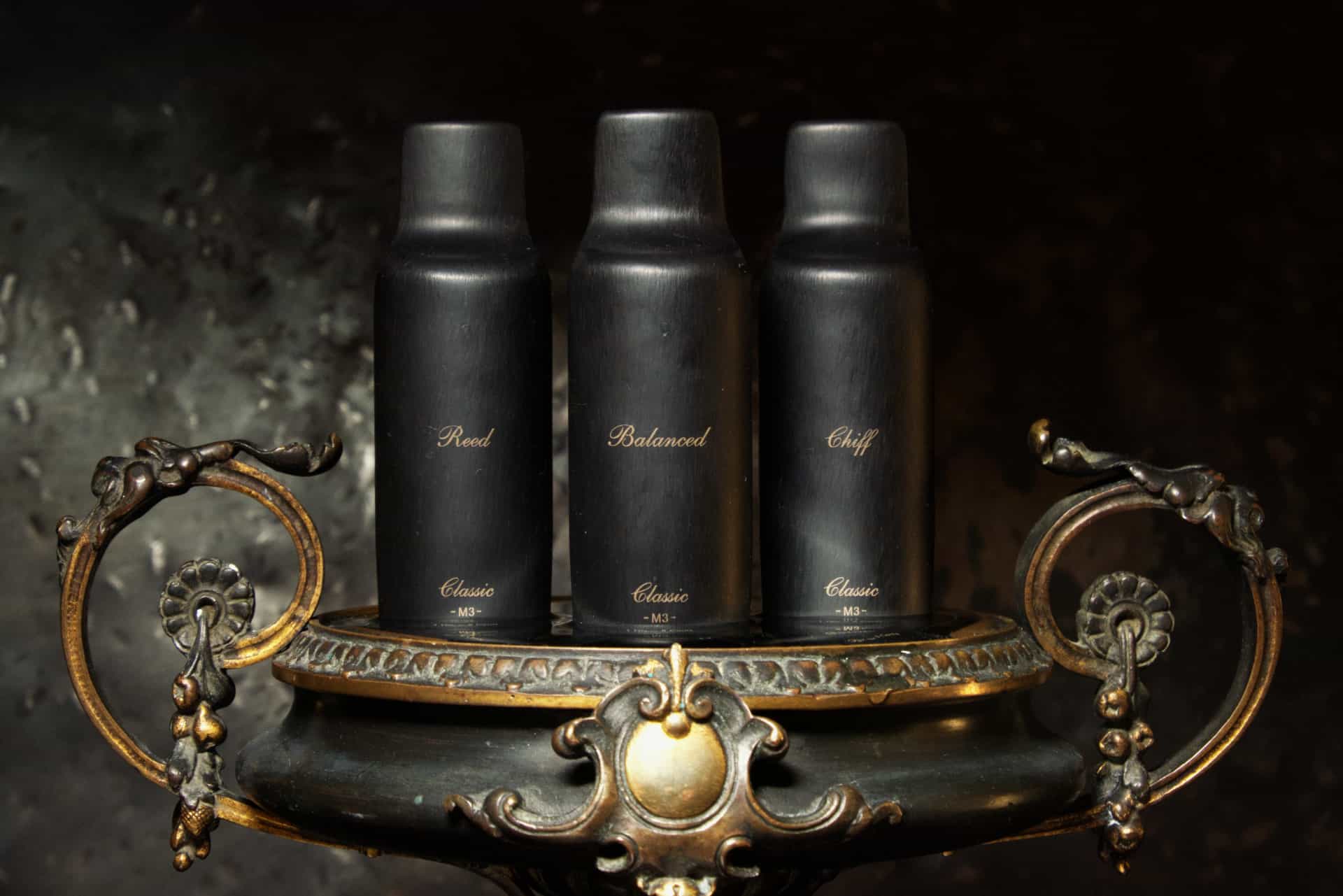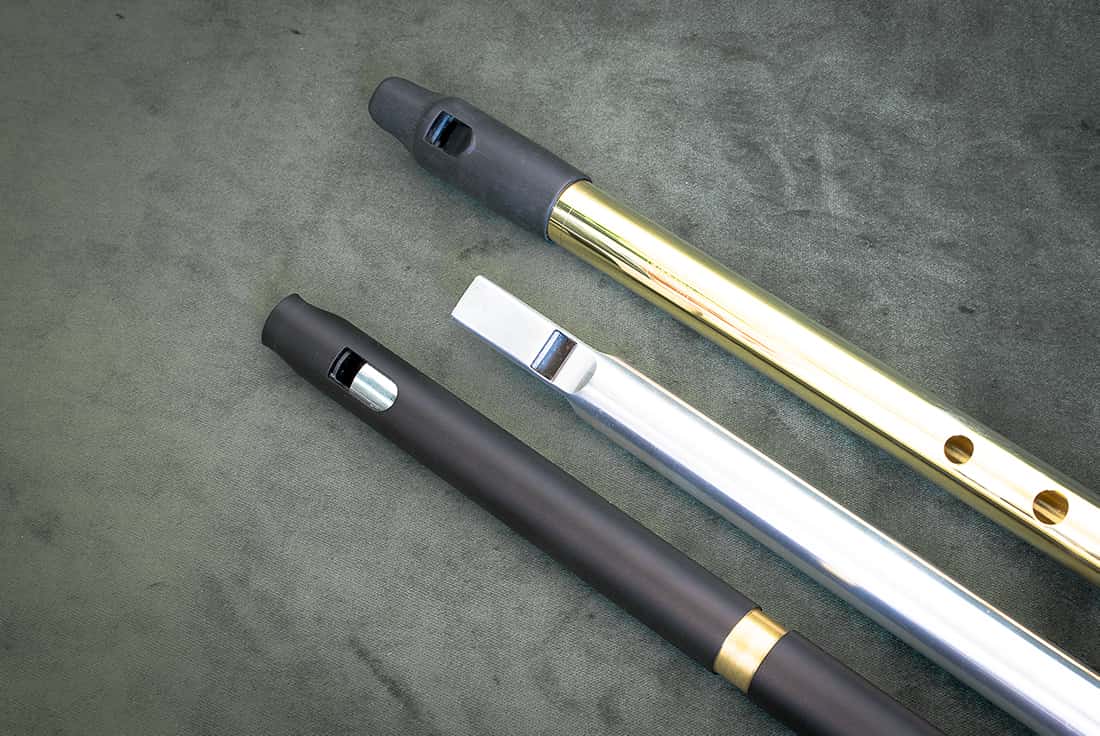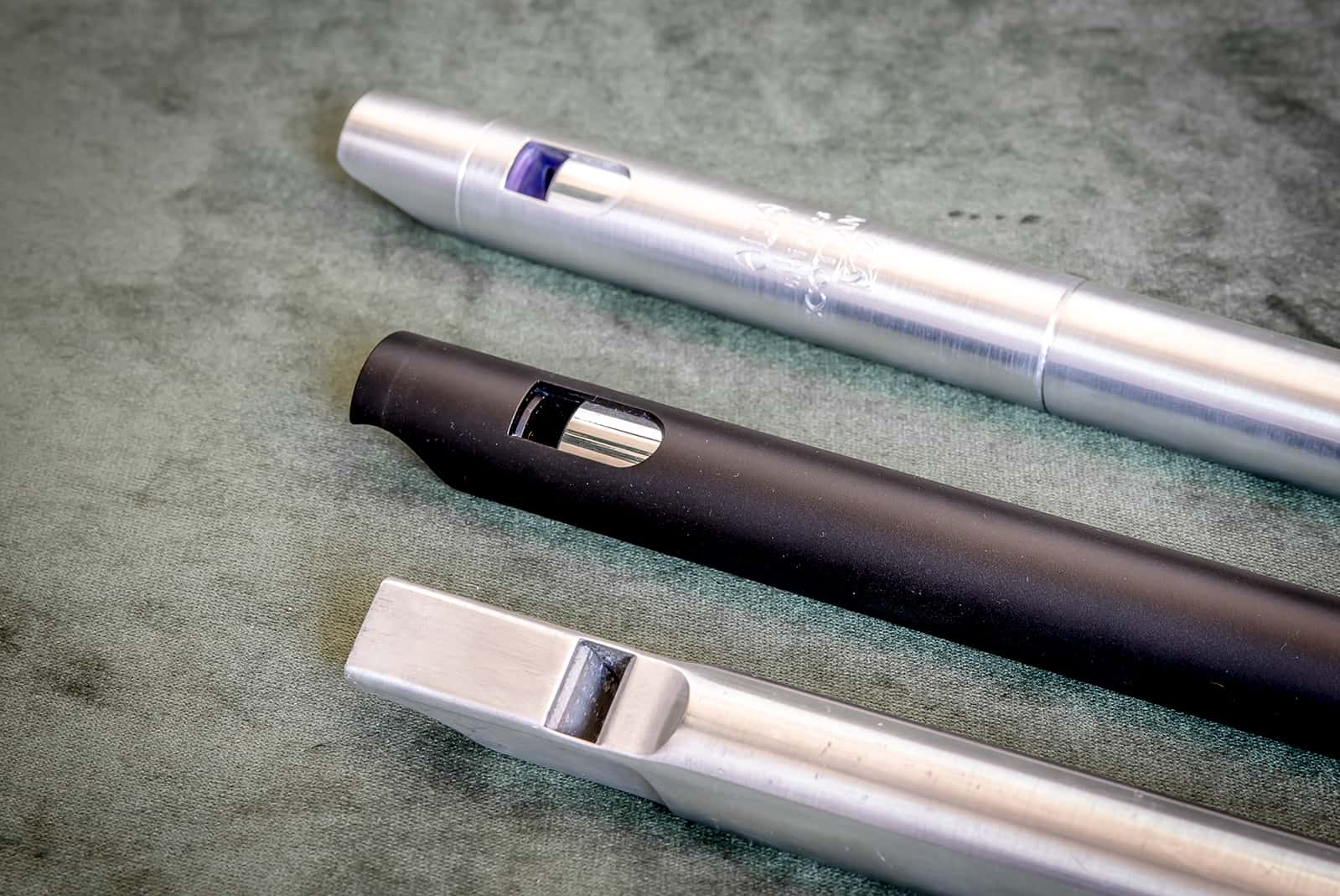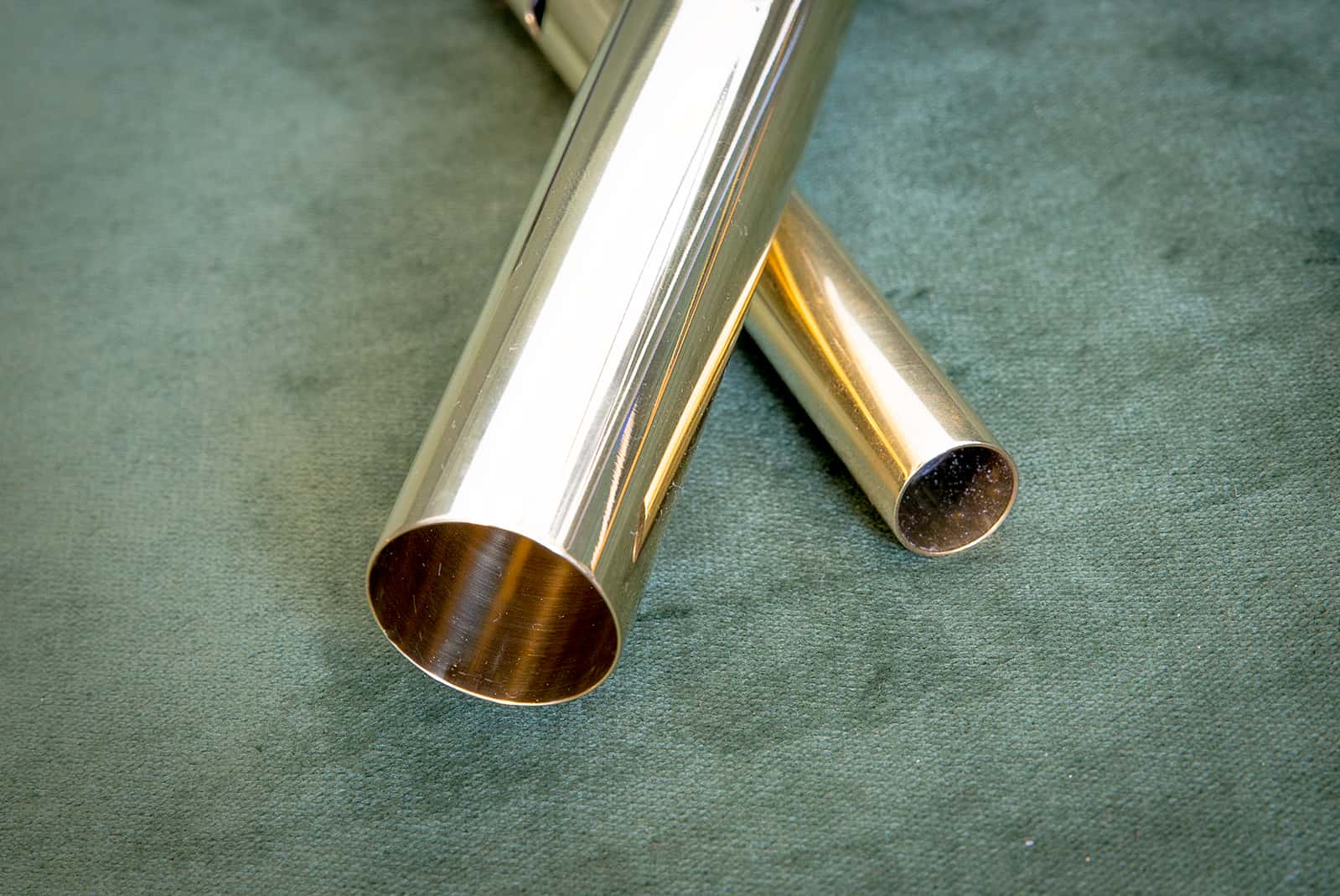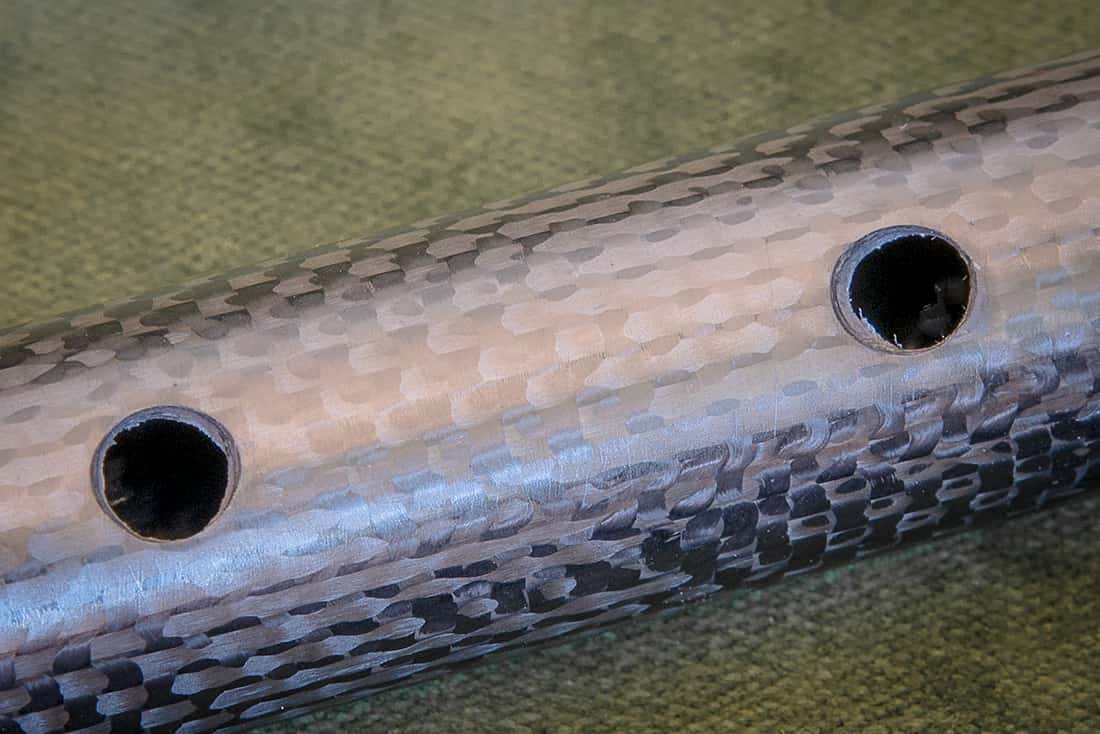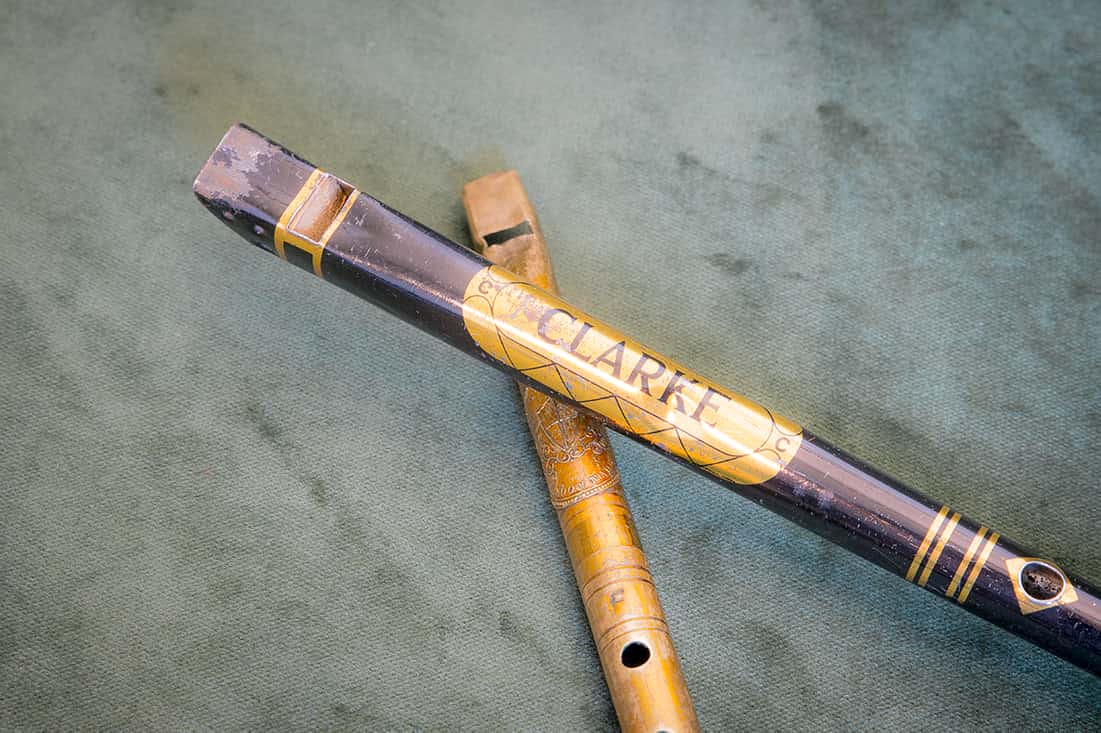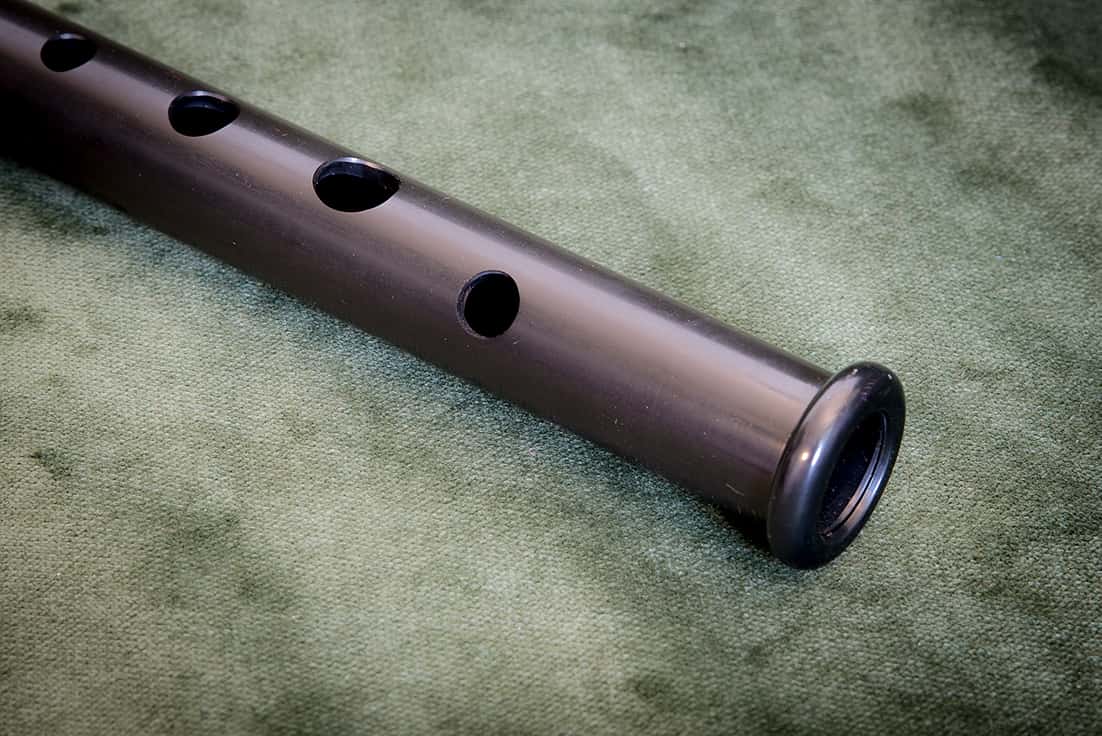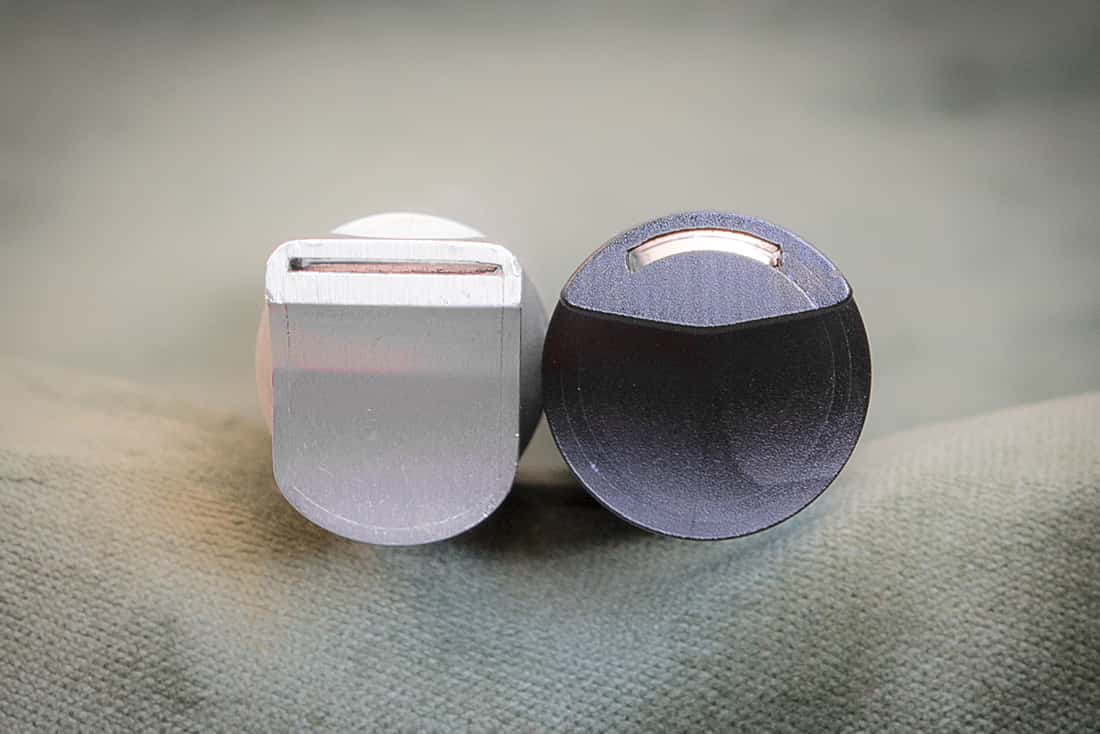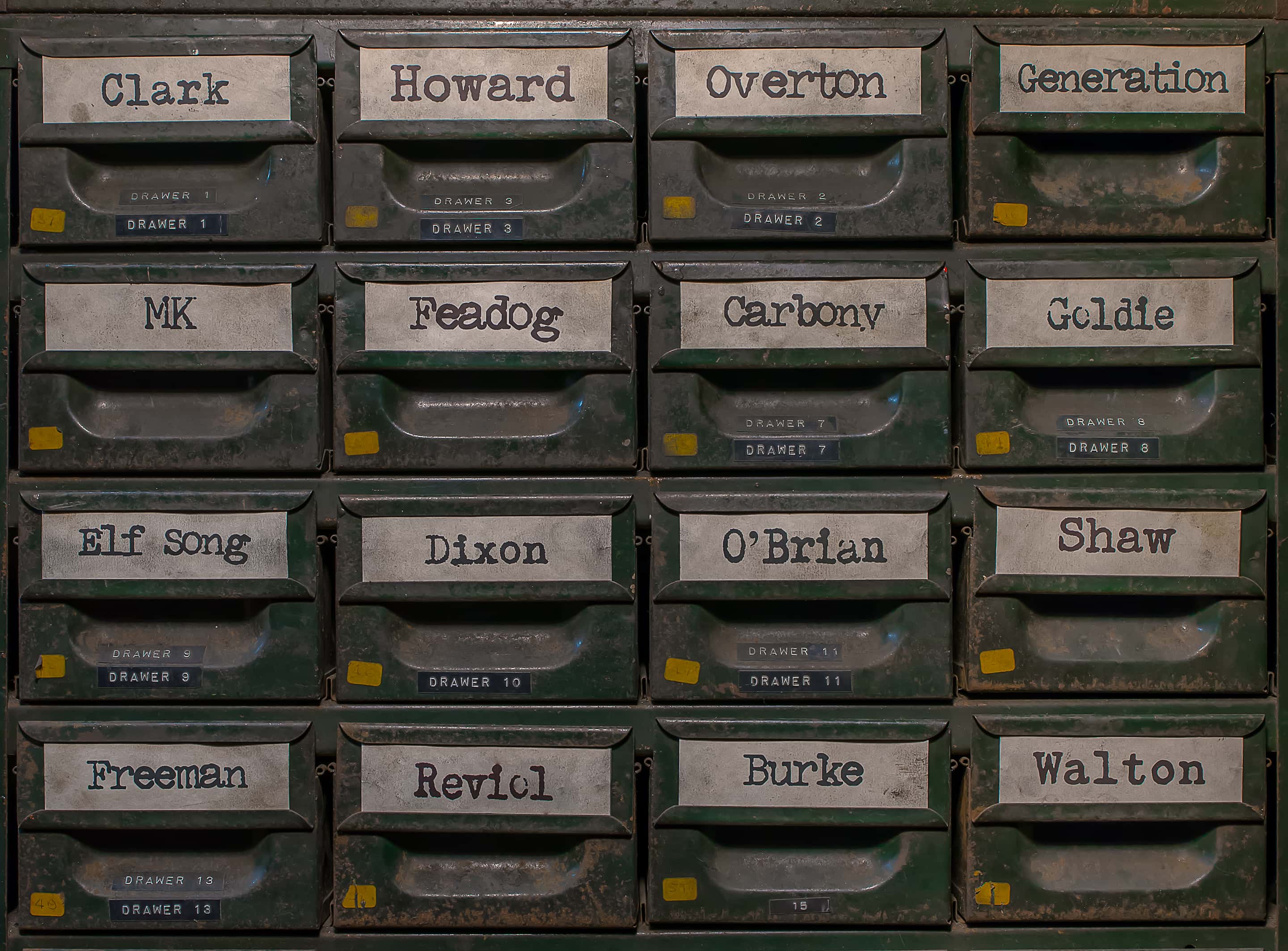
Tin Whistles
Everything you need to know about the legendary folk musical instrument
The Irish tin whistle is one of the most popular instruments in the folk scene. Learn all about the tin whistle here – the history, the makers, and the musicians who have made the tin whistle famous all over the world.
Tin Whistle Finder
Every Maker, Every Model
Whistle Finder
“It is the best whistle I have bought, now on my fifth make. Love to get any opportunity to play it, it has such as wonderful melodious sound, I only play my Howard whistle now”
Daithí Mac an Aircinn-via Email
PLAY
Free Delivery Worldwide
60 Day Home Trial
Free shipping ANYWHERE IN THE WORLD.
Tin Whistle Buying Guide
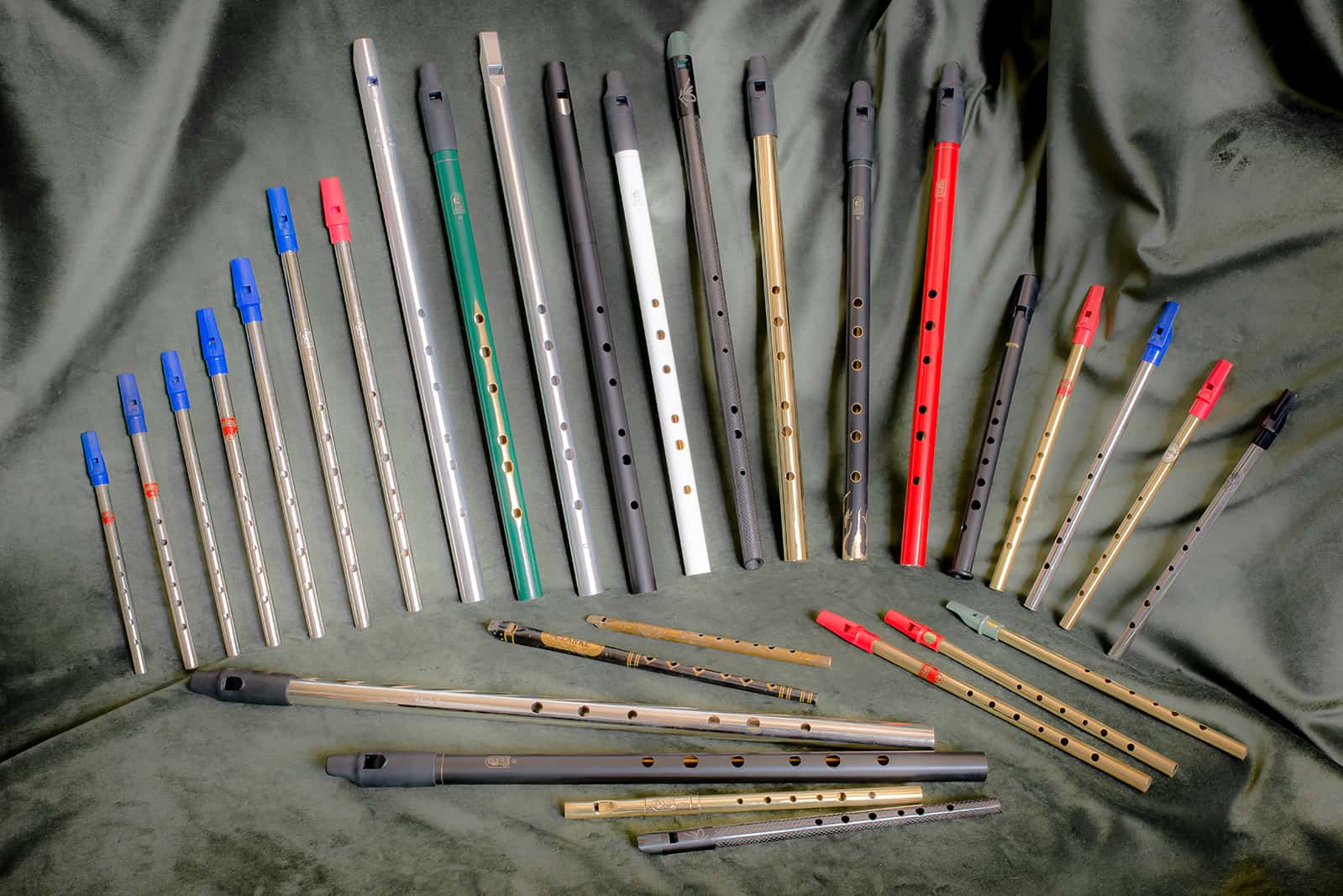
Key
When it comes to whistles the most stragitht forward way is to think of them in two catergories, high and low. Any whistle from Ab and above can be considered a High Whistle, any whistle from G down a Low Whistle. By far the most popular key for both high and low whistles is the key of D, as it is prodominently used in traditional Irish, Scottish and English folk music.
Tuneable or Non-Tuneable
The main difference between a beginners tin whistle and a professional tin whistle is tune-ability. If you intend to play with other instruments or along to music then you need a tuneable whistle. Non-tuneable whistles are generally cheaper, good to get started on but for serious playing some tune-ability is essential.
Whistle Body Material (bore)
The material of the bore does to a certain extent affect the sound of the whistle it can be conical or straight. The resonant quality as well as the hardness of the material affects the sound. Standard plastics and some woods are softer materials creating a more absorptive surface for the resonating body of air, Aluminium is harder but softer than brass or tin. Carbon fibre is hard and stiff. The reality is much more complex but you get the idea! Some woods for example are almost as hard as metal.
Most whistle bodies are made of one of the following materials.
-Aluminium
-Brass
-Wood
-Carbon Fiber
-Tin
-Plastic
Some physicists argue that the body material of a bore wind instrument such as whistles and flutes has no affect on perceived sound quality as long as they are of sufficient hardness, the determining factor being only the dimensions of the bore.
Most musicians think otherwise. Do fluotists spend 30,000 on a gold flute just because they look nice and so that they can brag about it? Atsui finish- In Japan Atsui means hot or deep, powerful and strong and is used to refer to a layer of precious metal (usually gold or silver) added to the body of an instrument in order to enhance and tailer the tone.
Aluminium
A new material when it comes to musical instruments. Examples, MK whistles, Goldie, Tony Dixon and Kerry.
Advantages- Light Weight, because of this a thicker tube can be used which makes the body acoustically quit inert, this allows the design to dominate. Aluminium is a soft metal so the sound is quite mellow while still being strong.
Disadvantages- Acoustically quite inert, the sound is not particularly enhanced by the resonant character of the body.
Aluminium is reactive to saliva, over time corrosion can occur in the head and body of the whistle.
Brass
Brass has been a metal of choice for instrument makers for hundreds of years because of its excellent resonant properties. Examples- Howard, Copeland, Alba and Burke.
Advantages- Superb sound
-Internal finish can be very smooth helping acoustically
Disadvantages- If thick walled brass is used the instrument can be heavy, using a thin walled tube solves this problem.
-If unfinished brass tarnishes.
Wood also has excellent acoustic properties and has always been used to make instruments from. Examples- Abell, Bleazy, Bussman and Galeon.
Advantages-Superb sound
Disadvantages– Wood is very sensitive to humidity, in an instrument such as a whistle this can affect tuning as well as playability. As you play a whistle a certain amount of saliva comes into contact with the head and the body further exasperating the problem.
Carbon Fiber
The use of carbon fiber has steadily increased to the point where it is affordable to use it in more applications. Examples- Carbony, Erik and GRflutes.
Advantages– Exstreamly hard and resonant, similar in some ways to the hardest hardwoods, so has desirable acoustic qualities.
-Easily shaped
Disadvantages– Expensive
-Man made, synthetic material.
Tin
The original Clark penny whistles were made from tin sheet and then formed into a conical shape. Example- Clark.
Advantages- Cheap
-See history, below for more information.
-The acoustic characteristics are more forgiving of any acoustic design imperfections.
Disadvantages- A metal with few desirable acoustic properties.
Plastic
Plastic whistles are generally cheaper and have a more mellow sound. Examples- Susato, Chirs Wall, The Irish Whistle, Parks and Hermit Hill.
Advantages- A good design can be achieved.
-Cheap
-Plastic is relatively soft, thus the acoustic characteristics are more forgiving of any design imperfections.
Disadvantages- The body is not acoustically resonant in a beneficial way, little positive tone colour is added to the sound.
Straight or conical bore?
A conical bore allows for holes that are closer together and smaller than on straight bored instruments. It can also help with the upper octave. Examples makers- Clark Tin Whistles and Carbony. Straight bore examples- Overton and Howard.
Flutes used to have conical bores until Boehm discovered that an increased volume of air produced a clearer and more powerful tone. In 1847 he introduced a straight-cylindrical bodied flute with a parabolic contraction of the bore near the embouchure hole that improved the instruments low register.
Straight Or Curved Windway?
When you look into the end of a whistle head you will see either, something that looks like a letter box (straight wind way) or an upside down smile (curved wind way).
A straight wind way is cleaner from a fluid dynamics perspective but the most important aspect of any instrument is sound, so its better to think of the two different design approaches as producing different sound signatures rather than as one being better than the other.
Iceland, Suffolk and Island- just some of the places that have played a role in the history of the penny whistle.
The humble tin whistle is a direct descendent of the oldest instrument known to man. Flutes made from bird bone and mammoth ivory, estimated to be between 40,000 and 80,000 years old, have been found.
The whistle has had many names in its lifetime, penny whistle, tin whistle, Irish whistle, flageolet, low whistle, high whistle, Belfast hornpipe, feadóg stáin. It is a type of fipple flute similar to an Irish Flute but with a fipple instead of a simple opening, so related to the recorder, Flabiol, Txistu and tabor pipe. The breath is transformed to sound and thus music in a most elegant way.
The first high whistle was made in Suffolk by Clark in 1780. The modern low whistle is most directly related to a victorian vertical flute, it was first made by Bernard Overton in the early 1970s. Brian Howard making the first brass low whistle, using modern production techniques a few years later.
The popularity of both high and low tin whistles have increased massively in recent years. Low whistles due partly to the success of river dance and the titanic theme tune, my heart will go on. There are now over 70 penny whistle makers worldwide! The high whistle has gone from being made by a handful of makers in the 1970s to over 60 today. The low whistle from only a couple of makers in the 1970s to over 30 today!
History Of The Tin Whistle -Timeline-
4500BC -Bone Flute-
Neanderthal, Stone Age, Bone Flute found in Slovenia
2200-2000 BC -Wicklow Pipes-
Found in Island
14th Century -Dordrecht Recorder-
Medieval, Dordrecht Recorder, found in Holland. Norman bone flutes also
found in Island.
Early 17th Century -Modern Fageolets-
1843 -Clarke Tin Whistle-
Clark invents the Tin Whistle, the design that all subsiquent whistles are based on.
19th Century -Many new makers-
Generation, Feadog and others start producing high whistles
19th Century -Great players popularised the Tin Whistle
Mary Bergin, Micho Russell, Sean Potts, Brian Finnegan and others.
1971 -Overton Low Whistle-
Overton produces the first low whistle made from aluminium.
1974 -Howard Low Whistle-
Howard produces the first Brass Low whistle. Later the first low whistle produced in larger quantities to keep up with demand.
1994 -Riverdance-
Popularises the low whistle.
1997 -Titanic Theme Song-
Your heart will go on, features a famous low whistle solo popularising the low whistle further.
1997 -Tony Dixon-
Tony Dixon starts producing the popular range of affordable low and high whistles.
2000 -Mk Whistles-
Introduces the popular aluminium curved windway low whistles.
2009 -Goldie Whistels-
Colin Goldie continues to produce low whistles based upon the original Overton design.
-Present Day-
70 Tin Whistle Makers worldwide and growing!

